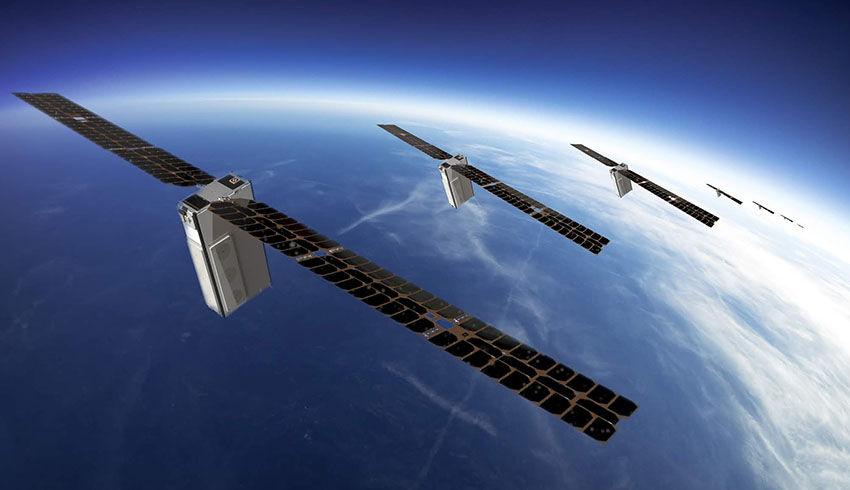
Keith Rosario, founder and chief executive of Cingulan Space, which provides ground services for satellite operators, said current reviews of existing rules for spectrum sharing by national and international regulators were welcome.
Rosario said mega satellite constellations such as Elon Musk’s Starlink have enormous spectrum and orbital footprints.
“How might all users be assured of access in a congested orbit and spectrum domain? Sharing between satellite networks, and with other services, entails complex policy and technical compromise,” he said in a post on the Australian Strategic Policy Institute (ASPI) The Strategist blog.
“Perhaps a more proactive sharing approach is required, based on actual transmitter characteristics measured by spectrum monitoring and with the application of artificial intelligence and cognitive radio, for the benefit of all spectrum users.”
In order for a satellite to do anything useful, it needs to communicate with Earth, with the suitable radio frequencies increasingly crowded.
That’s managed globally by the International Telecommunications Union (ITU), a UN agency charged with facilitating international information and communications technologies.
In Australia, the regulator is the Australian Communications and Media Authority (ACMA). The US equivalent is the Federal Communications Commission.
Rosario said these regulators were increasingly placing tighter constraints on allocation, use and sharing of spectrum.
“Competition is fierce, and Space 2.0 businesses can succeed or fail based on their access to secure, long-term spectrum rights, whether directly as a spectrum licensee or indirectly as a consumer of space-based data,” he said.
“In recent years, space has re-emerged as desirable high ground for national and commercial interests alike. Spectrum battles are likely to become fiercer, with states and commercial parties staking and defending spectrum claims. There’s an emerging imperative for national-interest space-spectrum policy and objectives to be defined and pursued.”
Rosario said global spectrum co-ordination was an important facet of developing global markets.
In 2019, the ITU allocated more than 17 GHz of globally harmonised spectrum to future 5G services but some of that eroded the historical allocation to geostationary satellite services.
“However, innovation is highest in the Space 2.0 low-Earth orbit satellites, and new services and business models are being developed as a result of the lower-cost and easier access to space created by companies such as SpaceX, Rocket Lab and Gilmour Space Technologies,” he said.
“New satellite technologies are pushing the envelope of space-based data services, including the internet of things, daily imagery of the whole planet, and detection of aircraft and ship traffic.”
Receive the latest developments and updates on Australia’s space industry direct to your inbox. Subscribe today to Space Connect here.











